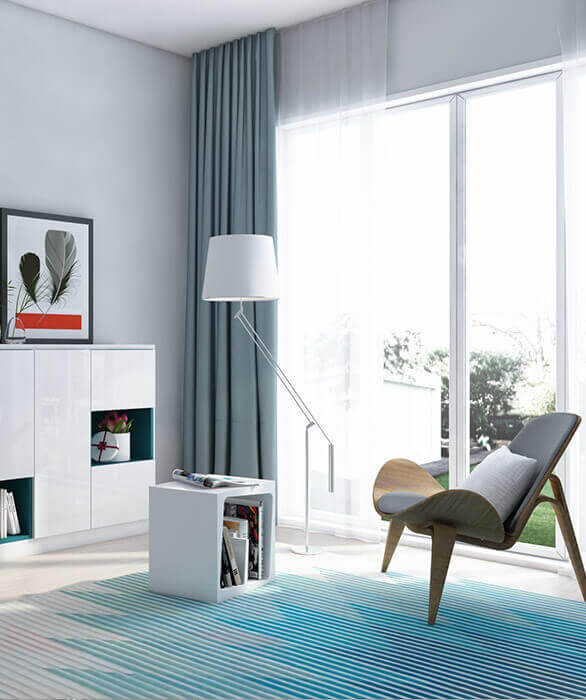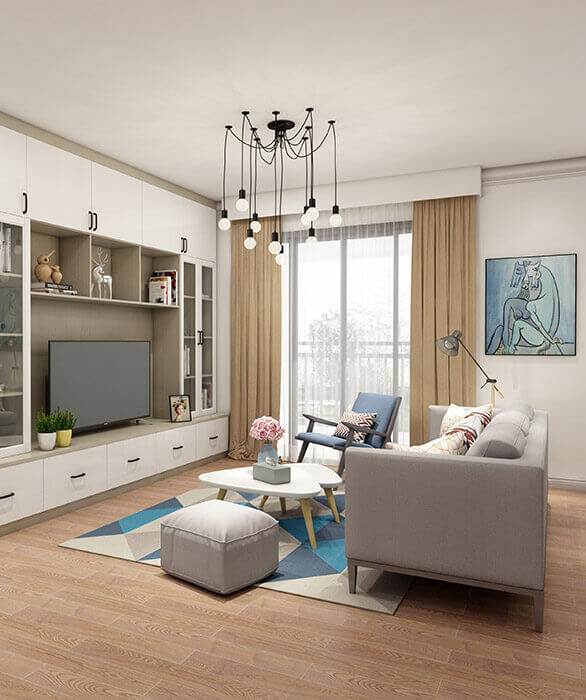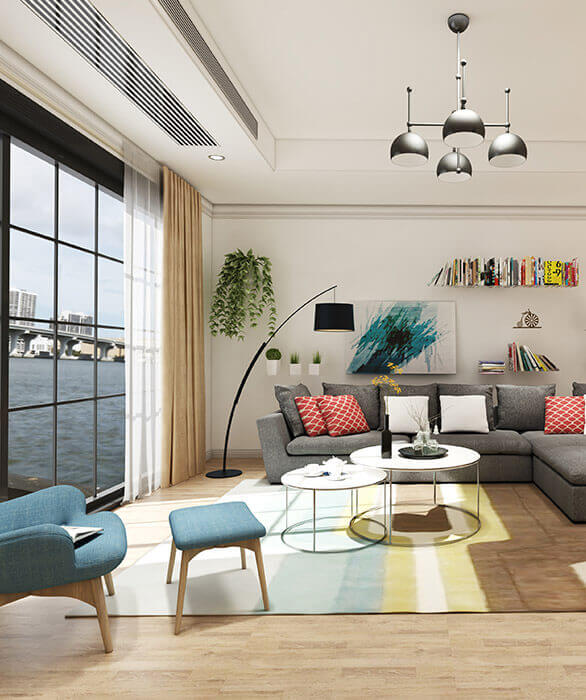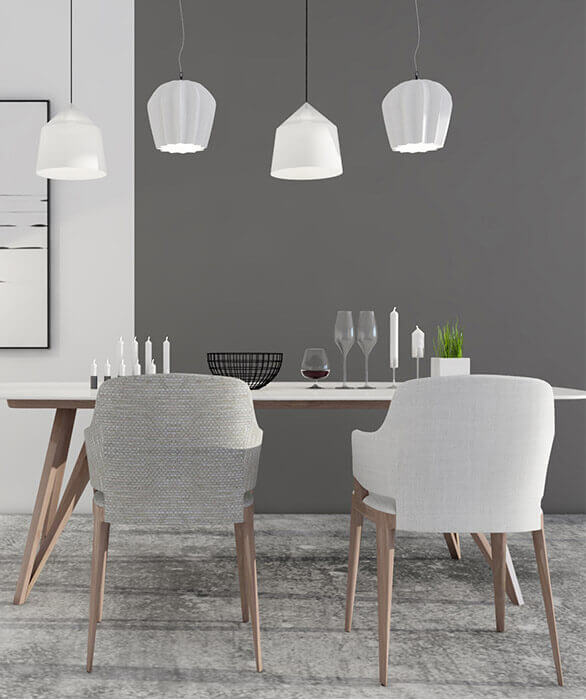Introduction
Black trim interior design is an excellent way to add drama, contrast, and sophistication to any room. By incorporating black trim into your design, you can highlight architectural features, create striking visual interest, and make a bold statement. In this blog, we'll explore seven stunning ways to master black trim interior design, from painting doors and windows to accentuating built-in bookcases. Ready to elevate your interior design and accelerate your sales cycle? Try AiHouse for free with a 7-day trial and experience the power of AI-driven smart design!
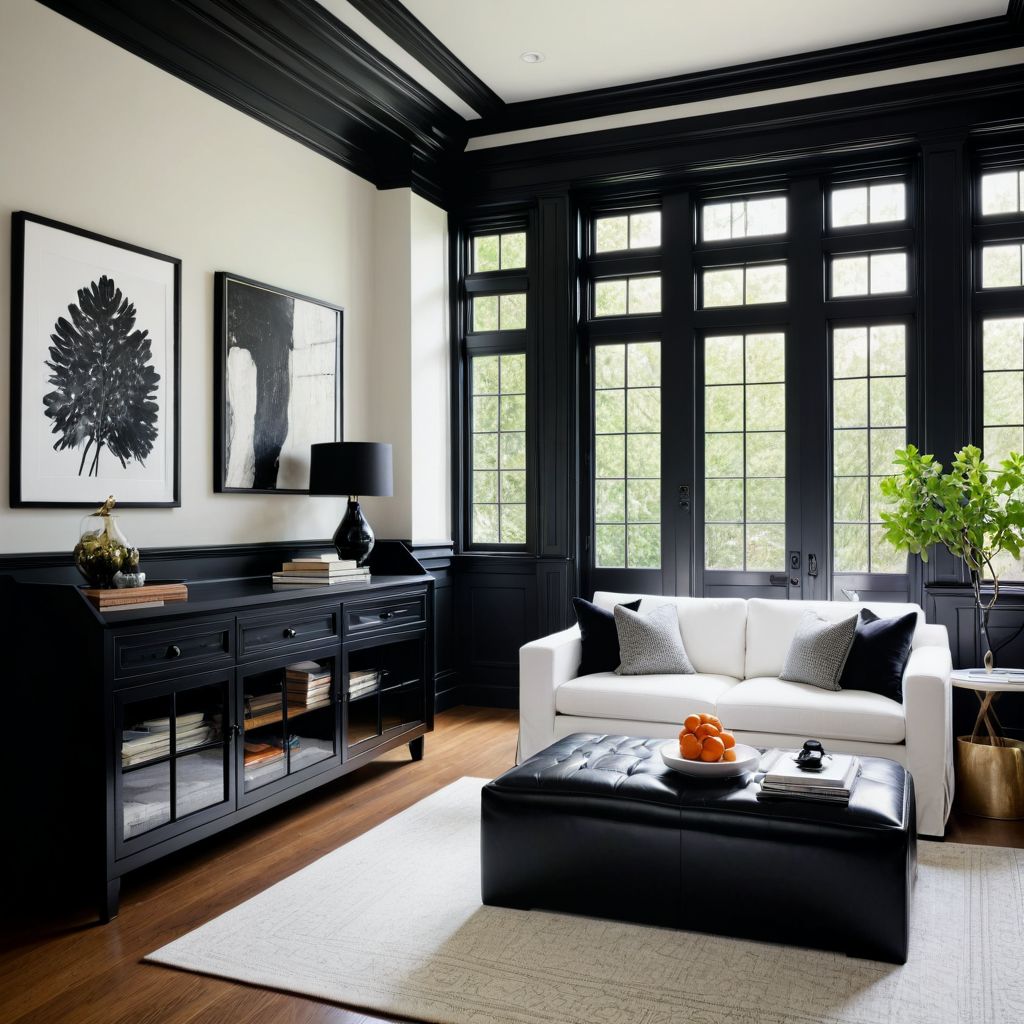
1. Black Trim on Doors and Windows
Highlighting Entryways
Highlighting doors and windows with black trim creates a dramatic and sophisticated look. It draws attention to these architectural features and adds a sleek, modern touch to any room.
Creating Contrast with Walls
Pair black trim with lighter wall colors to create eye-catching contrast. This technique works particularly well with white or neutral walls, making the black trim stand out even more.
2. Accentuating Built-In Bookcases and Shelves
Painting the Interior
Painting the interior of built-in bookcases or shelves black can create a chic backdrop that highlights displayed items. This technique adds depth and sophistication to your storage spaces.
Adding Black Trim to the Edges
Adding black trim to the edges of built-in bookcases or shelves can create a cohesive look that ties the design together. This subtle detail can make a significant impact on the overall aesthetic.
3. Enhancing Ceilings and Beams
Using Black Trim on Ceiling Beams
Incorporating black trim on ceiling beams can add a touch of elegance and drama to a room. This technique works particularly well in spaces with high ceilings and exposed beams.
Creating a Focal Point
Using black trim on ceilings can create a striking focal point that draws the eye upward. This technique can make a room feel more spacious and visually interesting.
4. Black Trim on Baseboards and Crown Molding
Adding Sophistication
Using black trim on baseboards and crown molding adds a touch of sophistication to any room. This technique creates a polished, finished look that enhances the overall design.
Pairing with Different Styles
Black trim on baseboards and crown molding works well with various design styles, from modern to traditional. It adds a timeless elegance that complements any decor.
5. Incorporating Black Trim in Bathrooms
Black Framed Shower Doors
Black framed shower doors create a bold, modern look in any bathroom. This technique adds contrast and makes the shower area a focal point.
Accenting Vanity Mirrors
Using black trim to accent vanity mirrors adds a touch of sophistication and ties the design together. This detail can elevate the overall aesthetic of the bathroom.
6. Creating Drama with Black on Black
Black Walls and Trim
Don't be afraid to use black on black for a dramatic and cohesive look. Pairing black walls with black trim creates a bold statement that exudes elegance and sophistication.
Incorporating Color Accents
Incorporate color accents, such as rich blues, reds, or oranges, to add warmth and interest to a black-on-black design. This technique prevents the space from feeling too dark or monotonous.
7. Exterior Applications of Black Trim
Enhancing Curb Appeal
Using black trim on the exterior of your home can enhance curb appeal and create a striking first impression. This technique works particularly well with white or neutral exteriors.
Highlighting Architectural Features
Black trim can be used to highlight architectural features, such as windows, doors, and eaves. This detail adds character and sophistication to the exterior design.
Conclusion
Black trim interior design offers endless possibilities for adding drama, contrast, and sophistication to your home. By incorporating black trim into various elements, from doors and windows to built-in bookcases and exterior features, you can create a cohesive and visually stunning space. AiHouse will help you skyrocket your sales with AI-powered design and real-time rendering. Ready to elevate your interior design and accelerate your sales cycle? Try AiHouse for free with a 7-day trial and experience the power of AI-driven smart design!
FAQ
Q1: Is black trim suitable for small spaces?
A: Yes, black trim can be used in small spaces to create a striking contrast and add depth. Pair it with lighter wall colors to prevent the room from feeling too dark.
Q2: Can black trim work with different design styles?
A: Absolutely! Black trim is versatile and works well with various design styles, from modern to traditional. It adds a timeless elegance that complements any decor.
Q3: How can I prevent a black-on-black design from feeling too dark?
A: Incorporate color accents, such as rich blues, reds, or oranges, to add warmth and interest to a black-on-black design. This technique prevents the space from feeling too dark or monotonous.




